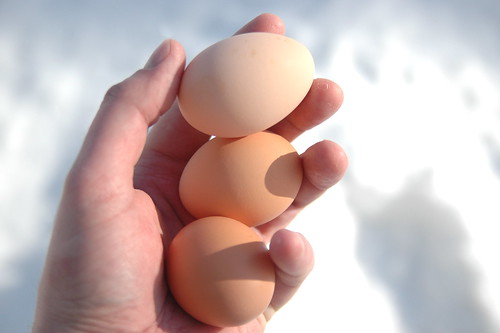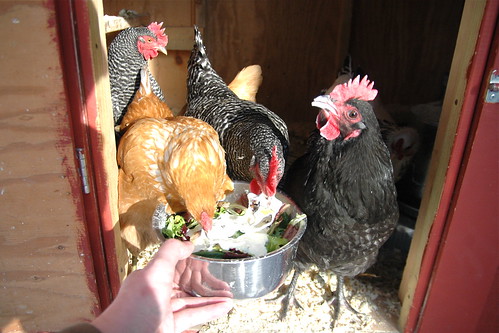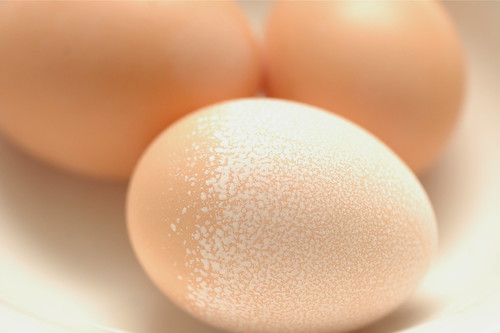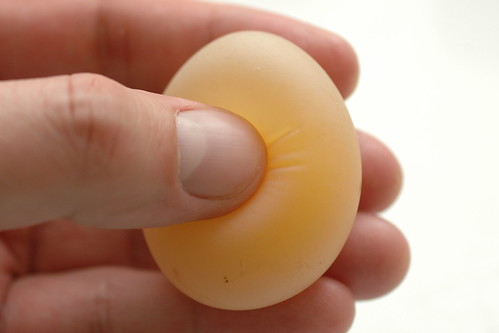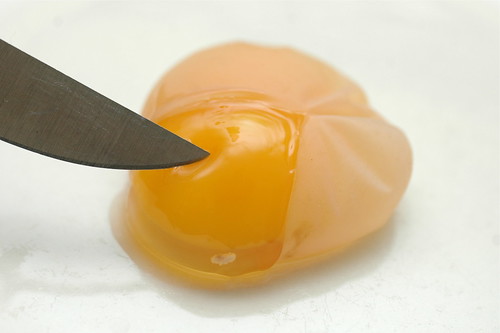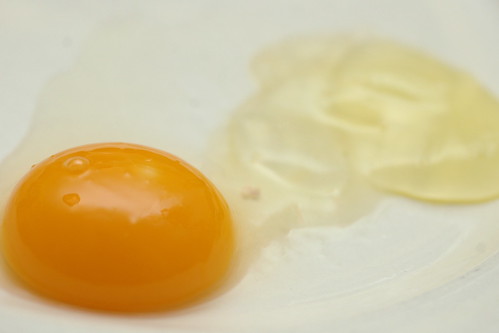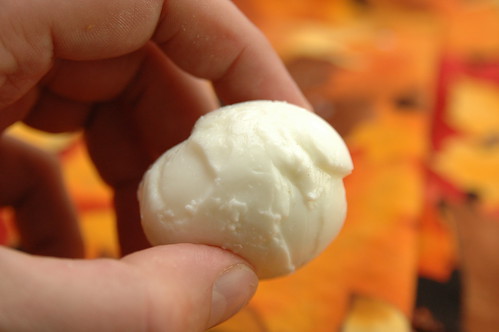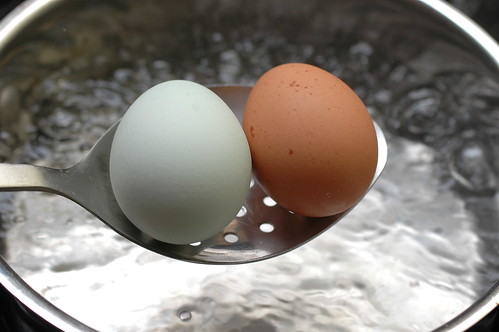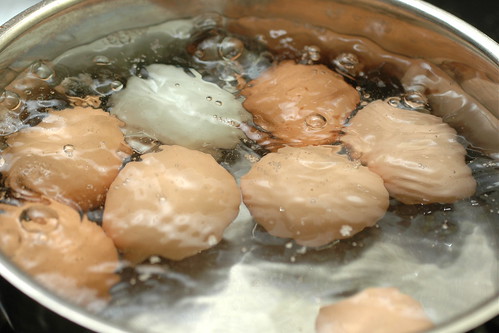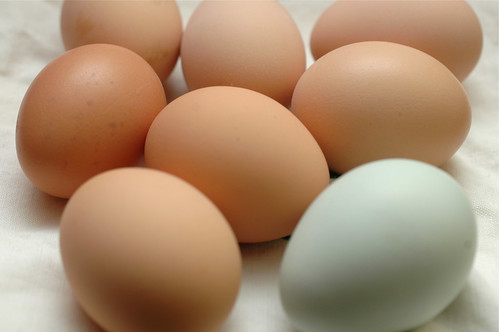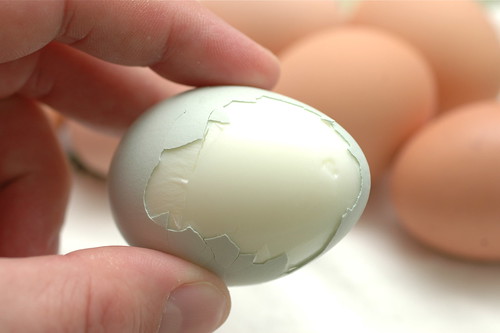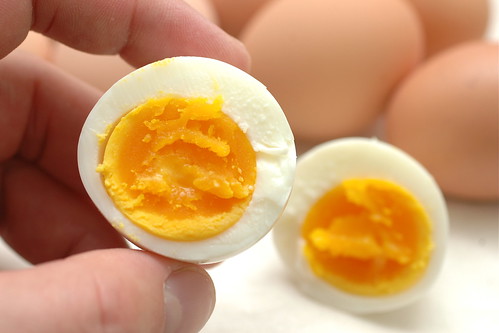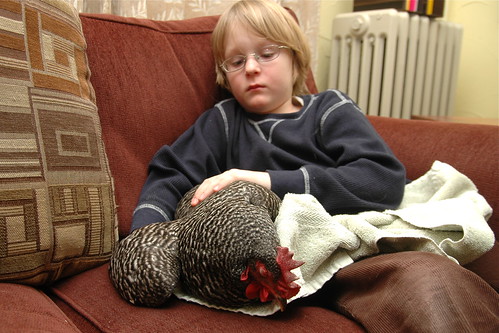
well, it was bound to happen sooner or later. it appears that one of The Girls, a barred rock isn’t feeling well. when she took food out the coop at sunset, kris noticed she was standing with her beak in the corner of the coop, uninterested in feast which is quite unusual.
upon closer inspection we noticed her eyes were nearly closed and she was shaking and shivering. she’s not sneezing and her breathing sounds normal – not raspy – and she doesn’t have any mucous around her eyes or diarrhea so i don’t think she has a virus. or at least she’s not showing the typical signs of a virus.
even though it’s wasn’t as cold today as it has been in past weeks we thought perhaps she just got cold, so we brought her in the house to get warmed up.
of course, odin is Very Concerned about her health and sat with her petting her and telling her to rest and Get Better Soon.
she looked rather pathetic when she first came inside but eventually she opened her eyes and looked less, well, floppy than she does in this photo.
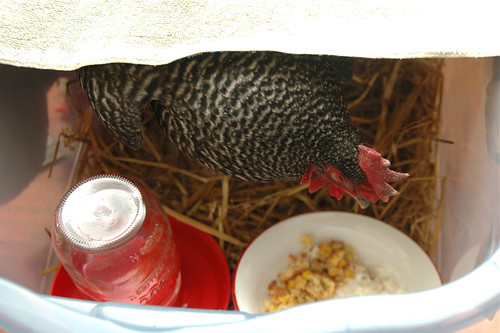
i can’t find much information on shivering hens that lack any other symptoms. most of the advice seems to be to along the lines of what we’re already doing – bring them inside, warm them up and try to get them to drink and eat. we made her some hot porridge with cracked corn which The Girls usually devour but even hours later she’s disinterested in it and actively refusing water even if we try to give it to her with an eye dropper.
i’m not sure what else to do. any advice is mightily appreciated.
update: 24 hours later and she’s still alive ( several people have told me privately that by the time they get to the shivering, shaking, no eating stage, more often than not they’ll be dead soon )!
she started slowly taking food and water this morning and she’s much more alert and less lethargic. she was so interested in not staying in her box and wandering around the house that we had to send her to the front porch. which was fortuitous move since she’s now expelling liquid diarrhea that’s really, really nasty smelling and not really brown – more like a clear-to-yellow viscous liquid.
all other signs except for the diarrhea are positive. maybe she’s just working through a stomach flu?
